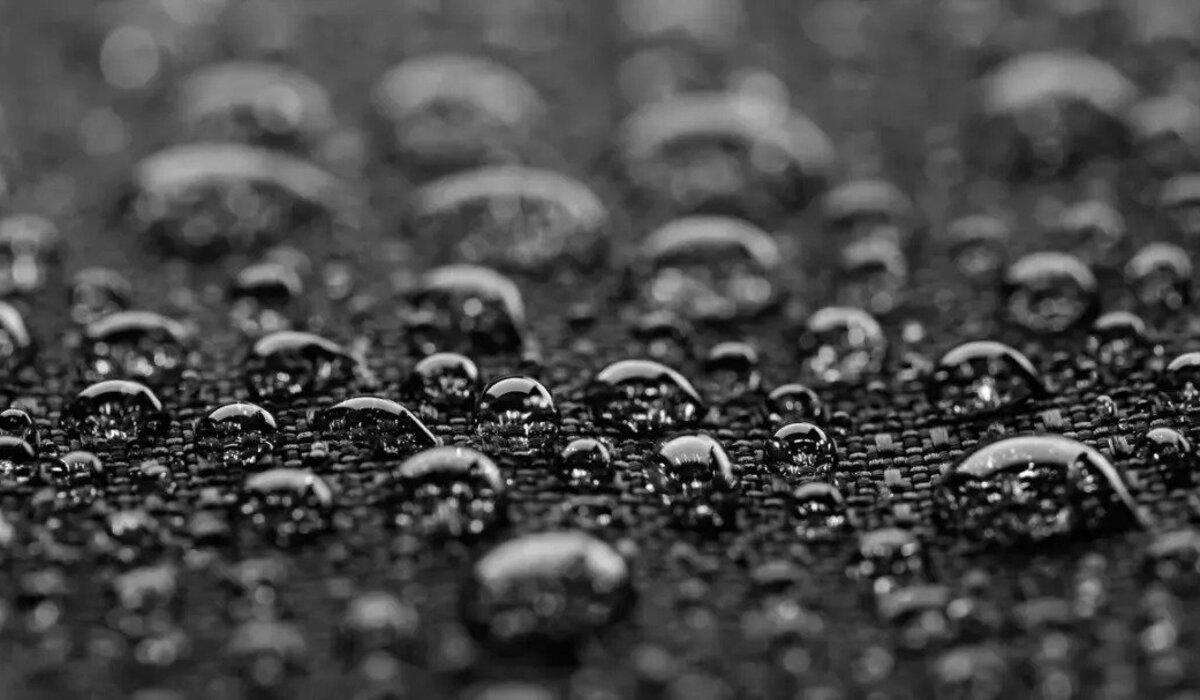Hidden deep within the world’s waterways, there’s an incredible creature known as the diving bell spider. Scientists and material engineers have been fascinated by it for a long time.
This spider lives its entire life underwater, even though it has lungs meant for breathing air. It accomplishes this feat with tiny, water-repellent hairs on its body, which create an air layer called a plastron. This plastron has inspired scientists to make water-repelling surfaces.
For years, scientists tried to use plastrons to prevent corrosion, stop bacteria growth, and keep marine organisms from sticking to surfaces. Unfortunately, plastrons usually didn’t last long underwater.
But now, a team of researchers from Harvard and other institutions has succeeded. They’ve created a super water-repelling surface with a stable plastron that can last for months underwater. This has exciting possibilities in medicine and other industries.
Joanna Aizenberg, a professor at Harvard, said that bioinspired materials research brings nature’s solutions into man-made materials. The key to their success was understanding various factors like surface roughness and how water-repellent the surface is.
They used these factors and thermodynamics to make a long-lasting, water-repelling surface from an inexpensive titanium alloy. This material stayed dry for a very long time, even longer than living creatures’ plastrons.
The researchers tested the surface extensively, and it held up well even when bent, twisted, or exposed to water, blood, or sand. It survived for 208 days underwater and resisted the growth of bacteria and barnacles.
This research is significant because it could reduce infections after surgery and create biodegradable implants. It can also help prevent corrosion in pipelines and sensors, and it might work well with super-slick coatings to keep surfaces contamination-free.
The discovery of a stable superhydrophobic surface, inspired by the remarkable diving bell spider, holds great promise for a wide range of applications. Researchers, through their in-depth understanding of factors like surface roughness and hydrophobicity, have created a water-repelling surface using an affordable titanium alloy.
The surface demonstrated impressive durability, surviving rigorous testing for 208 days underwater and resisting bacterial growth and barnacle attachment. This breakthrough has the potential to reduce post-surgery infections, enable biodegradable implants, and combat corrosion in pipelines and sensors. Moreover, it may complement existing super-slick coatings, enhancing protection against contamination and offering innovative solutions to real-world challenges.

